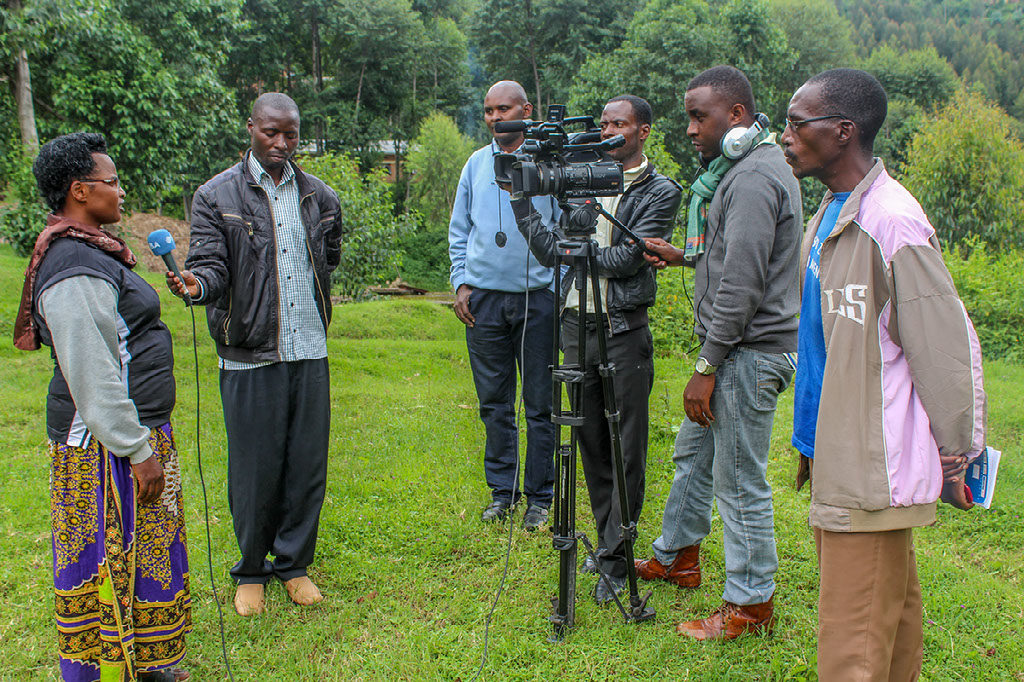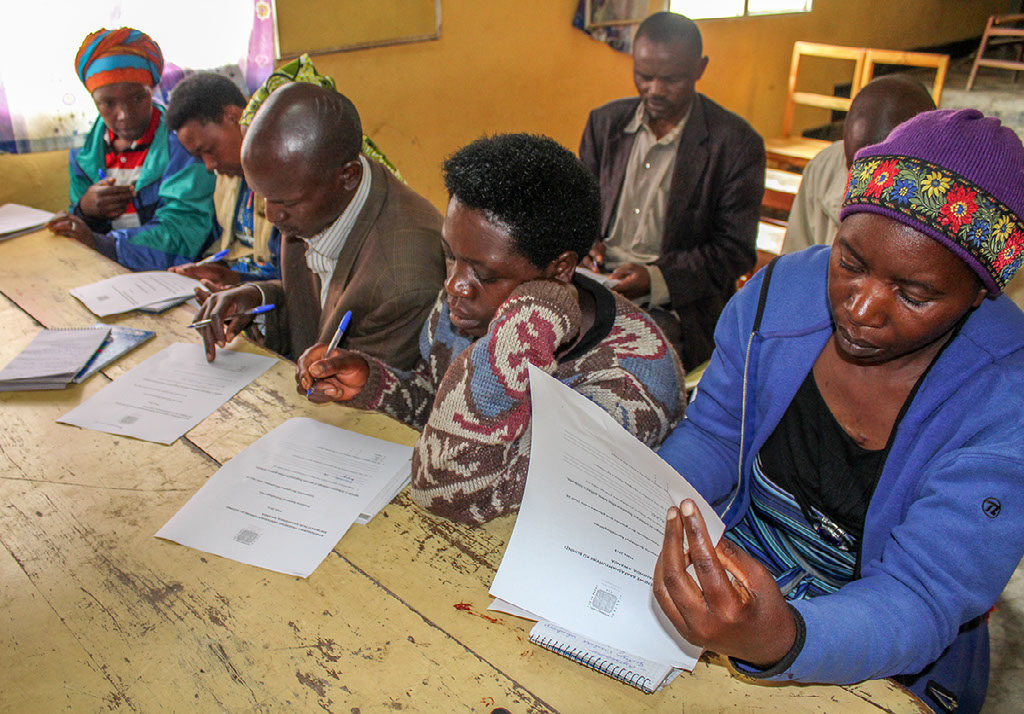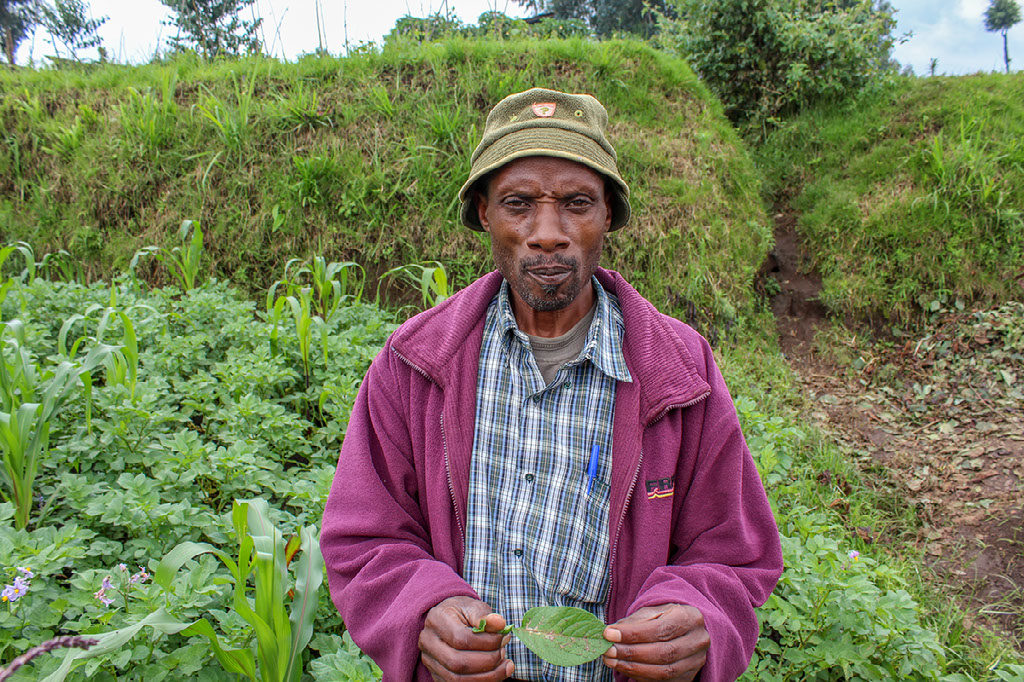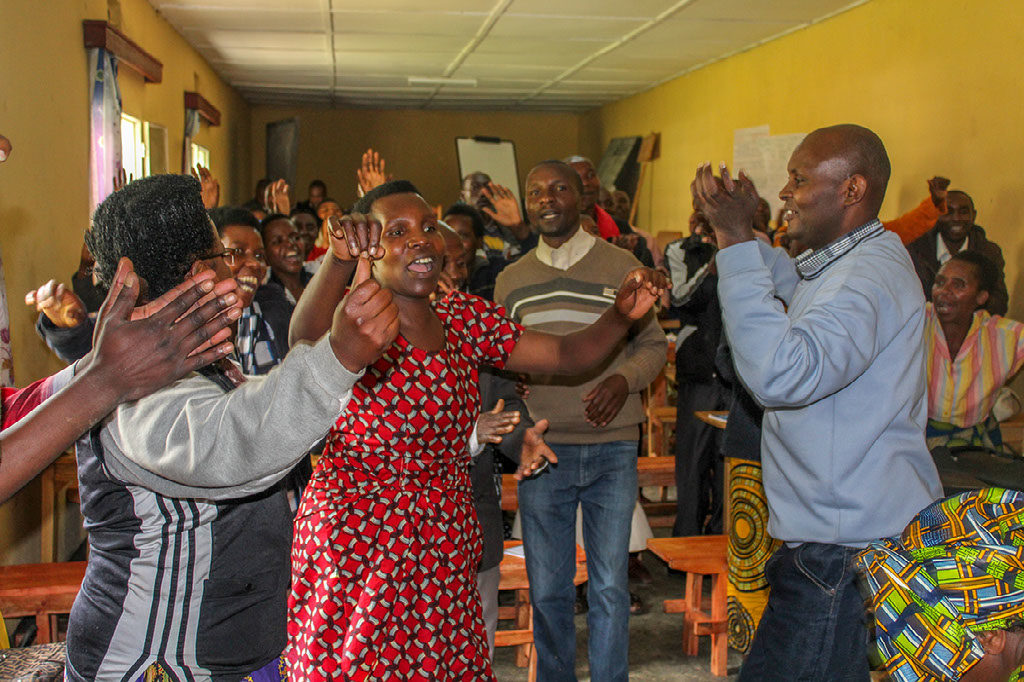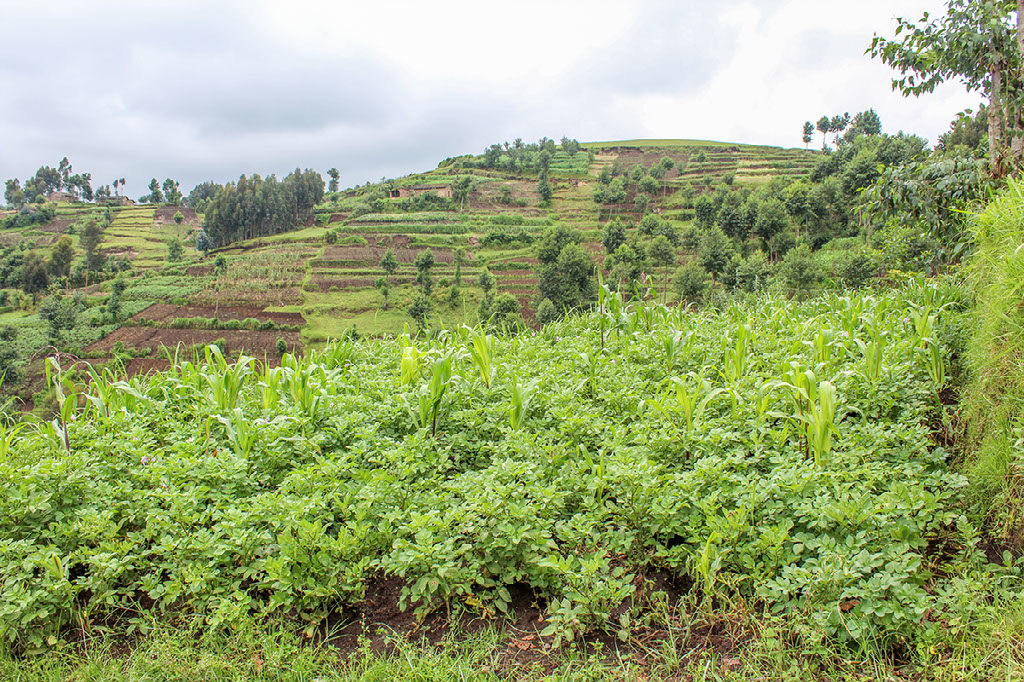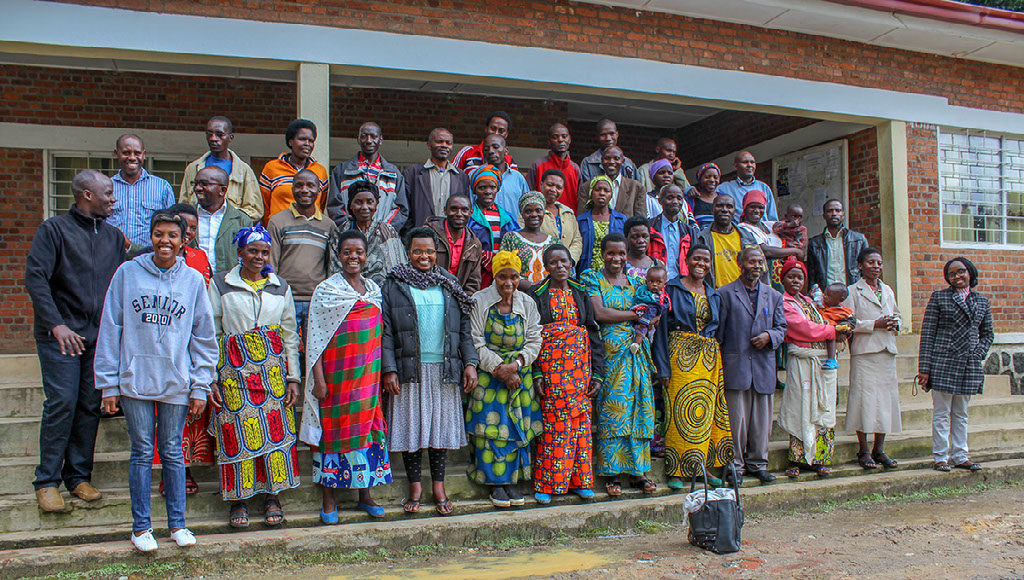Production of Irish potato is on the rise in the highlands of Rwanda and is considered a priority crop in the North and West regions of the country. Potato average yield in Rwanda is relatively low even though Rwanda is among top 5 producing countries in Africa. But there is high potential to close the gaps if improved pre and post harvest practices are introduced. Average consumption of Irish potato for one household member is 150 kg per year and up to 250 kg /year in some areas such as Gishwati, where potato production is very intensive.
In Kadahenda, potato farmers face many challenges including low quality seed, pests and diseases which lead to low productivity and limited expansion of the crop. It was identified that a training course to improve practices would benefit the potato value chain in this part of the country.


